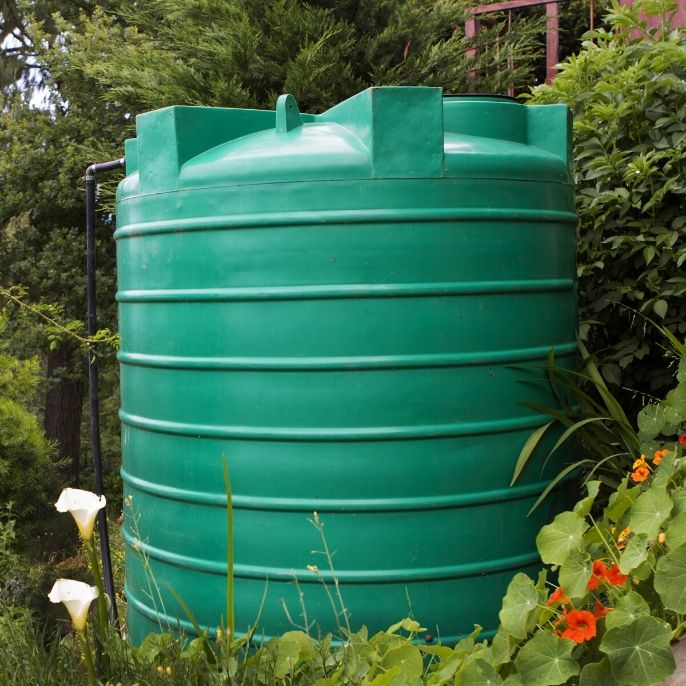
Tank liners come in all shapes and sizes and are designed to suit various industrial needs. While all tank liners are designed to suit their specific purpose, there are some similarities across industries and uses. In terms of the different types of tank liners, there are several industrial applications which are more common than others. Though the applications may vary, the overarching goals and benefits remain the same. All tank liners create an added layer of protection between the tank and the materials it contains. Below is a brief explanation of three different types of tank liners and the importance of each.
Water reservoir liners
Of the different types of tank liners, water reservoir liners are perhaps the most commonly known. This type of tank liner reduces contamination and prevents water loss in large water supplies. These tanks can be used to store water for entire organizations and communities or to provide water to a single family. Regardless of the use, a water reservoir liner is instrumental in ensuring that the water stored inside is always kept at a safe level. Water reservoir liners are compliant with national standards governing the processes used to store and produce potable water. This ensures that the water does not become contaminated at any point during storage and that members of the community can use it even after being stored for a long period of time.
Trench liners
Trench liners are one of the more versatile applications for industrial tank liners. This type of liner is often used by those in agriculture to create an irrigation and drainage system for crops. It can also be used as a secondary containment unit or to allow drainage in construction. Like many other types of industrial liners, trench liners are custom cut to fit the specific dimensions of the trench or ditch at hand. These drop-in liners are cut to the exact size and shape of the trench to ensure minimal leakage. This allows for maximum efficiency with minimal disruption of current processes and procedures. As with water reservoir liners, the materials used in trench liners are designed to safely transport and store potable water. They are also designed to safely accommodate chemicals of various pH levels, allowing those in the agriculture industry full freedom to conduct their business as needed.
Secondary containment liners
Not all tanks are designed to store potable water; some are intended to store materials and chemicals that may be corrosive or otherwise hazardous. In such instances, it’s imperative that the tank is lined with a secondary containment liner. These liners are manufactured with highly durable PVC material that is designed to withstand such chemicals. Lining your secondary containment tank guarantees that the tank meets current government standards and ensures the continued safety of the environment.
